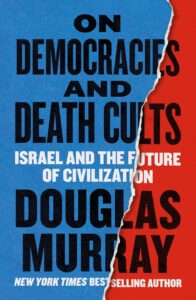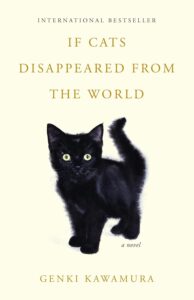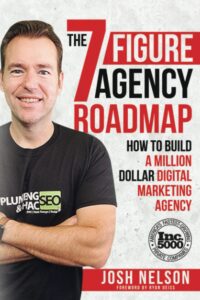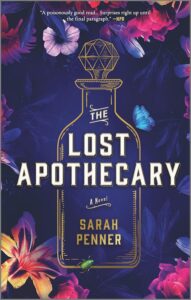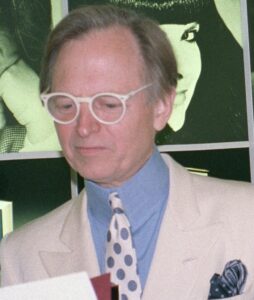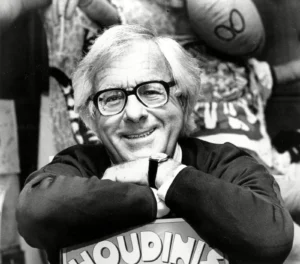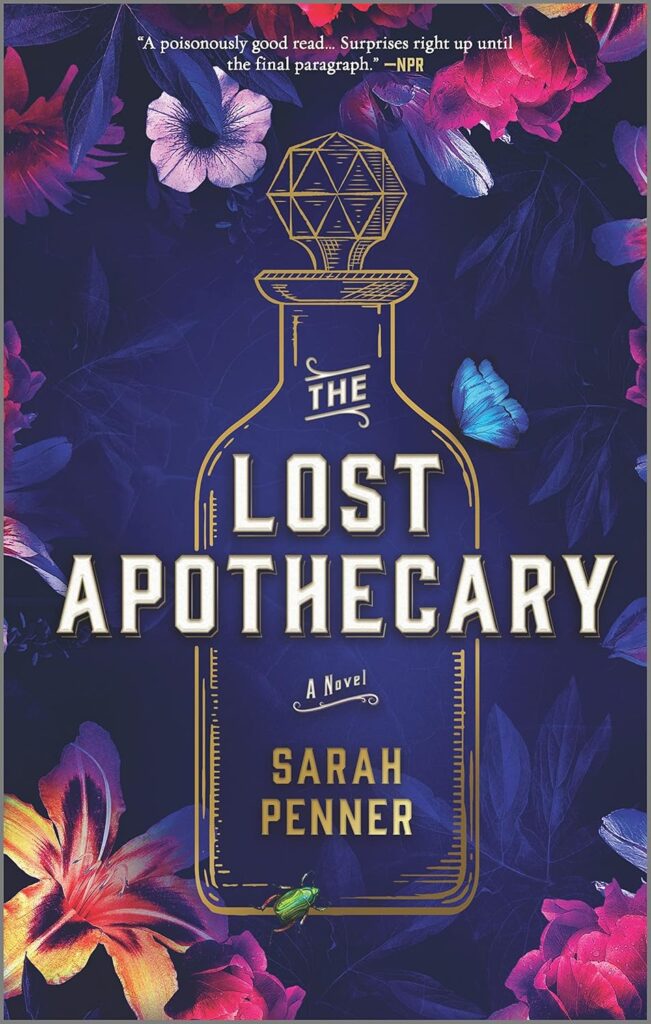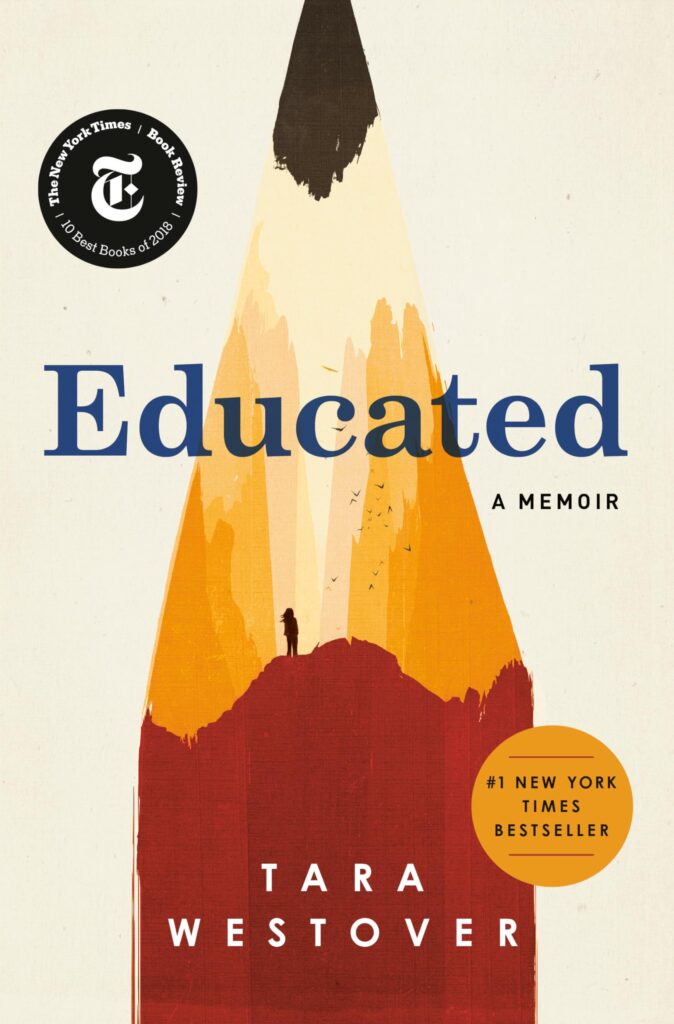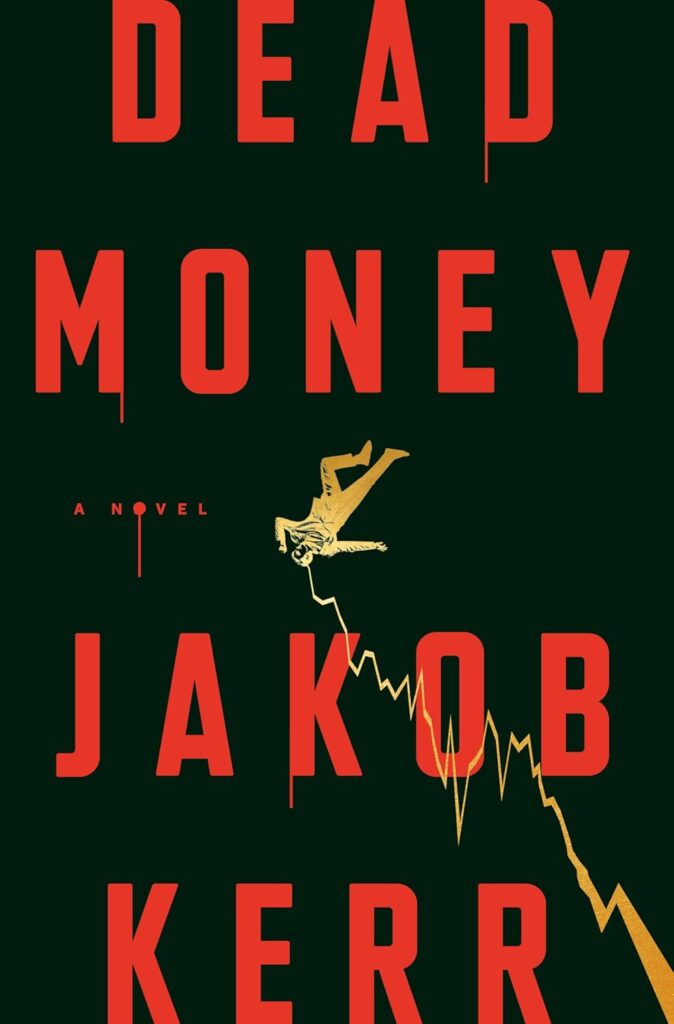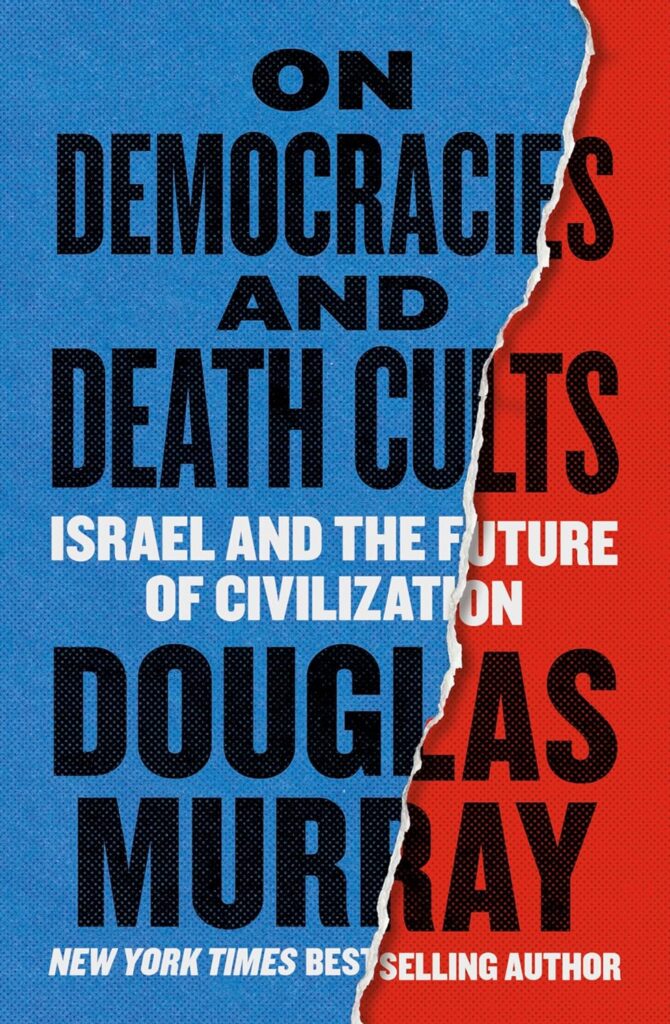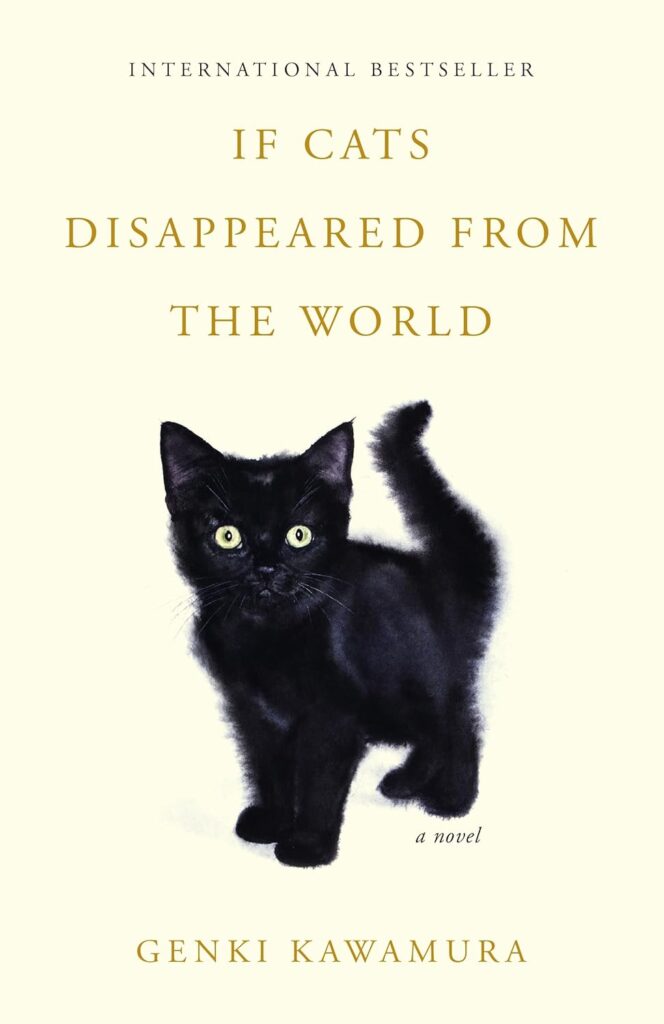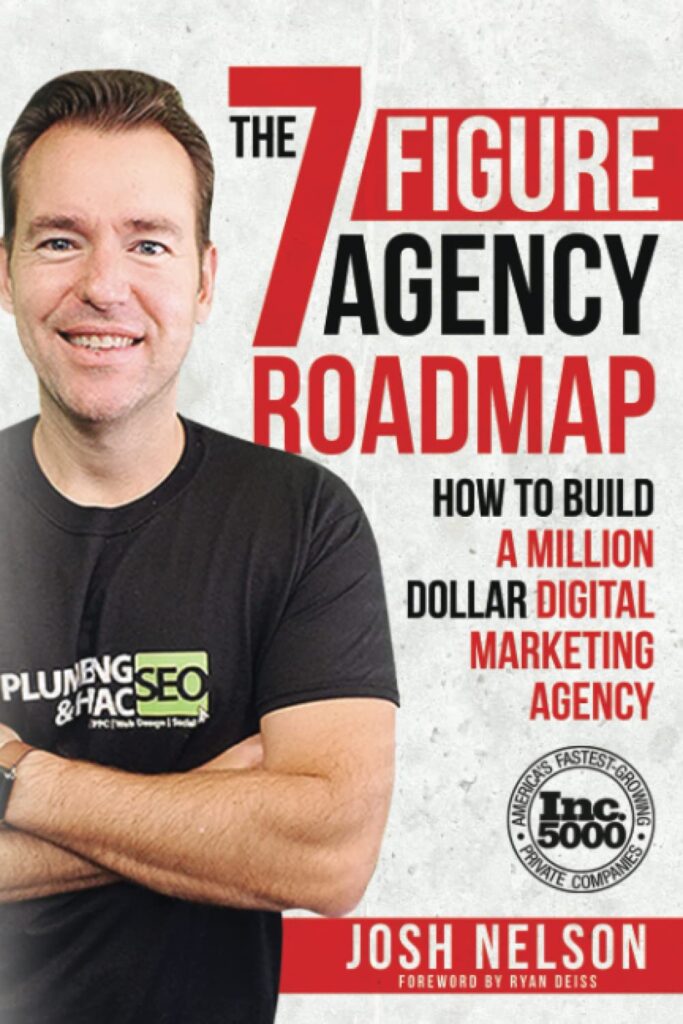Some stories unravel as neatly as a spool of thread, following a predictable arc that offers comfort in its familiarity. Others, however, are more like shattered glass—disjointed, fragmented, yet dazzling in their reflective complexity. Unusual narrative structures take this fragmented brilliance and transform it into an art form, reshaping how tales are told and understood. By defying the chronology of events, shifting perspectives, or nesting stories within stories, these narratives refuse to stay confined by convention.
But why embrace such disorder? The truth is, these inventive approaches often illuminate what linear storytelling cannot—life’s inherent chaos, the multiplicity of human experience, and the layers of truth that lie beneath the surface. Whether it’s the looping timelines of Life After Life or the fractured recollections of Slaughterhouse-Five, these structures invite readers to think, question, and piece the puzzle together themselves. Stories told this way demand a different kind of engagement—one that rewards attention, curiosity, and a willingness to see beauty in disruption.
Understanding Narrative Structures
Every story you’ve ever loved was built on a structure—whether meticulously crafted or anarchically splintered into fragments. These scaffolds of storytelling are the silent architects behind how we experience tales, guiding us through arcs of tension, resolution, and everything in between. While some writers stick to established blueprints, others toss the rulebook altogether, creating masterpieces that leave us spellbound. Let’s first walk through the familiar terrain of traditional storytelling, then veer into the wild, unpredictable path of unconventional narratives.
Traditional Narrative Structures
There’s comfort in the conventional, isn’t there? Traditional narrative structures provide a sense of order, like an old map leading us through the chaos of human emotion. Three tried-and-true frameworks dominate much of storytelling:
- The Three-Act Structure Think of this as storytelling’s holy trinity: setup, confrontation, resolution. It introduces characters and stakes, builds tension to a crescendo, then offers closure. Screenplays from Hollywood often adhere to this—movies like Star Wars and The Godfather owe much of their gripping flow to this format. Read more about classic structures to understand how they shape emotional engagement in narratives.
- Linear Storytelling Here, events proceed in chronological order. It’s straightforward, a clear A-to-B journey where each moment builds logically on the last. For instance, Jane Austen’s Pride and Prejudice unfolds in a linear fashion that mirrors the characters’ gradual evolution. Such simplicity, however, doesn’t mean simplistic—linear plots often rely on nuanced character development to captivate.
- The Hero’s Journey Joseph Campbell’s iconic framework takes us on a protagonist’s archetypal adventures, from the call to action to their return transformed. It’s the backbone of mythologies, as seen in The Odyssey, and pop culture phenomena like The Lion King. This structure resonates because it mirrors human life’s trials and triumphs, embodying our universal longing for growth. Explore more storytelling frameworks here.
These formats persist because they neatly package human experience into beginnings, middles, and ends we can digest without much strain. Yet, their predictability can sometimes limit. And where some see limits, others see an invitation to innovate.
The Appeal of Unconventional Structures
Not every story fits within neat borders. Some narratives splash outside the lines, experimenting with form in ways that intrigue or even disorient readers. But why do authors deviate from tradition? Simply put: freedom. They’re like master chefs, daring to upend recipes to create richer, more complex flavors.
- Nonlinear Timelines Ever watched a movie or read a book where events unfold out of order? That’s nonlinear storytelling. By jumbling the sequence of events, authors like Kurt Vonnegut (Slaughterhouse-Five) recreate the unpredictability of memory or trauma. It forces readers to actively piece together the narrative, keeping them engaged. More examples can be found in this list of unconventional approaches.
- Multiple Perspectives Shifting between different narrators can add dimensions that a single viewpoint can’t capture. Novels like William Faulkner’s The Sound and the Fury masterfully navigate several perspectives, revealing the same story through layered—and sometimes conflicting—lenses.
- Fragmented Structures Fragmentation mirrors the way we think: in bursts, moments, and fleeting images. Books like Jennifer Egan’s A Visit from the Goon Squad employ this technique to reflect themes of time and change. Each piece feels disconnected at first, only for the whole to emerge as a mosaic of meaning. Discover more on stories that break traditional molds.
Ultimately, these unconventional approaches do more than entertain—they challenge perception. They invite readers not just to consume but to interact with the text, like solving a puzzle or admiring abstract art. By breaking the rules, these narratives often reveal truths that rigid frameworks cannot. And isn’t that the point of storytelling, after all? To show us something we’ve never seen before?
Non-Linear Timelines in Literature
Non-linear timelines are a powerful narrative technique that challenges the conventional flow of storytelling. By disrupting chronological order, these structures often reflect the fragmented nature of memory, truths hidden within the chaos of lived experience, and the inevitable complexity of human emotions. Let’s explore how this artistic choice shapes unforgettable stories and enriches their thematic depth.
Examples: Slaughterhouse-Five and The Time Traveler’s Wife
Two standout examples of non-linear storytelling are Kurt Vonnegut’s Slaughterhouse-Five and Audrey Niffenegger’s The Time Traveler’s Wife. Both novels use non-linear timelines not merely as stylistic choices but as integral tools for emphasizing their central themes.
In Slaughterhouse-Five, Vonnegut crafts a fragmented narrative where events from World War II, including the bombing of Dresden, intertwine with protagonist Billy Pilgrim’s otherworldly experiences of time travel. This disjointed structure mirrors Billy’s psychological disorientation, capturing the pervasive trauma of war. As readers, the scattered timeline compels us to grapple with the broken, cyclical nature of grief and suffering, ultimately reflecting the novel’s famous phrase, “So it goes.” For deeper insights into Vonnegut’s narrative method, you can explore this analysis of Slaughterhouse-Five.
Similarly, non-linear storytelling in The Time Traveler’s Wife brings to life the idea of love that transcends time. The novel alternates between the experiences of Henry, a man involuntarily time-traveling, and Clare, his wife left tethered to the present. By presenting events out of sequence, the narrative reflects the unpredictability of relationships and the emotional toll of disconnection. This structure does more than tell a love story—it captures the ache of longing and the fragility of human connections across time. Learn more about The Time Traveler’s Wife and its non-linear brilliance here.
Thematic Implications of Non-Linear Narratives
Non-linear timelines are not just about rearranging events—they carry profound thematic implications that deepen stories in ways linear structures often cannot. How do they achieve this? Let’s analyze some key thematic elements they enhance:
- Memory and Subjectivity Memory is rarely a straight line. Non-linear narratives mimic how humans recall experiences: selectively, emotionally, and often out of order. Just as Slaughterhouse-Five presents war as a fragmented recollection, authors use non-linear storytelling to explore how personal history shapes identity. This method allows readers to experience the story as an emotional mosaic rather than a linear progression.
- Trauma and Disorientation Trauma often distorts perception, leaving sufferers caught in cycles of reliving past events. Non-linear structures reflect this psychological state by trapping readers in a timeline as unpredictable as the mind of someone processing pain. For instance, Billy Pilgrim’s jumps through time poignantly capture his inability to escape the shadow of war. This unpredictability forces readers to feel, rather than observe, his disconnection from reality.
- Fate and Free Will By subverting chronological order, non-linear timelines question the inevitability of events. Are characters truly free, or is their journey predestined? Niffenegger’s The Time Traveler’s Wife plays with this tension, demonstrating how preordained events can coexist with moments of choice. Non-linear storytelling, in this context, becomes a philosophical exploration of destiny.
For a broader look at how these timelines enrich storytelling, check out this analysis of non-linear narratives.
From fractured timelines to cyclical patterns, non-linear storytelling allows authors to present themes in ways that reflect the fragmented, chaotic beauty of real life. These narratives don’t just tell; they immerse readers in the heartbeat of the story, making us witnesses to lives unbound by simple chronology.
Narratives Told Through Unique Perspectives
Unique narrative perspectives have the power to shift the lens entirely, presenting stories in ways that surprise, provoke, and deeply resonate with readers. Who we hear the story from—and how it’s told—can transform the mundane into the extraordinary, distilling truths that conventional storytelling may overlook. The unconventional narrator and the stream-of-consciousness style are two such ingenious approaches that redefine how stories take shape.
Unconventional Narrators: Death in The Book Thief
Imagine being told a story not by its protagonist or an omniscient observer, but by Death itself. This is precisely what Markus Zusak achieves in The Book Thief. Through the morbid yet strangely empathetic voice of Death, the narrative gains an otherworldly vantage point. Death sees everything yet judges almost nothing, turning its gaze into a mirror that reflects the beauty and brutality of humanity.
By stepping away from typical narrators, Zusak layers his work with a profound duality—Death isn’t just a passive storyteller; it’s a character grappling with its own existential quandaries as it observes the horrors and hopeful moments of war-torn Germany. This clever twist enhances how readers perceive both the historical setting and the characters inhabiting it. What unfolds isn’t history told from within, but an elegy delivered by an entity who understands the inevitability of loss intimately. You can explore more about this unique narrative voice in The Book Thief through analyses like this one.
This choice of narrator underscores an interesting paradox: Death, an entity so often feared or vilified, becomes the custodian of human stories. Harnessing this perspective, Zusak not only alters the storytelling experience but forces readers to confront life’s fragility and the small joys that persist amidst chaos. It’s a reminder that the most atypical narrators often offer the sharpest insights into the human condition.
Stream of Consciousness and Internal Narratives
If traditional narrators serve as polished mirrors, stream-of-consciousness writing shatters that glass into a thousand jagged shards. This narrative style invites readers inside a character’s mind, exposing fragmented, unfiltered thoughts that ebb and flow like a restless tide. Few authors have wielded this technique as brilliantly as James Joyce and Virginia Woolf.
In Joyce’s Ulysses, each sentence feels like a pulse, alive with the rhythms and interruptions of internal thought. By immersing readers in the mental meanderings of Leopold Bloom and Stephen Dedalus, Joyce captures the chaos and beauty of the human experience in real-time. The narrative jumps between sensory perceptions, memories, and philosophical musings, mirroring how our minds work—not in straight lines but in sprawling, interconnected loops. This visceral style evokes authenticity and intimacy, making the reader less of an outsider and more of a silent companion on the characters’ journey. Dive deeper into Joyce’s mastery of stream-of-consciousness in this analysis.
Similarly, Woolf’s Mrs. Dalloway plays with time and perspective through its fluid movement between outer events and inner lives. What makes Woolf’s approach particularly groundbreaking is her ability to juxtapose intimate thoughts with the broader, impersonal world. Clarissa Dalloway’s seemingly trivial day of party preparations becomes a poignant exploration of memory, identity, and mortality. Woolf’s internal narrative technique peels back the layers of her characters’ minds, showing how hidden worlds pulse beneath the surface of ordinary moments. Discover how Woolf meticulously assembles these inner lives in Mrs. Dalloway here.
In both cases, stream-of-consciousness transforms the act of reading into something deeply immersive, akin to stepping into the very fabric of another’s consciousness. By breaking free of linear storytelling, authors like Joyce and Woolf remind us that the journeys within are often richer, more complex, and more universal than any action playing out externally.
Unconventional narrators and internal narratives reveal one timeless truth: storytelling isn’t just about what happens. It’s about who tells it and how it’s lived, inviting readers to not only observe but to inhabit the story itself. Such frames of reference challenge perceptions and provoke empathy, reminding us that every perspective—no matter how strange or fractured—has its own kind of brilliance.
Innovative Formats and Structures
In literature, the art of storytelling has taken on forms as kaleidoscopic and unpredictable as life itself. Writers, unbound by tradition, often experiment with formats and structures that challenge the reader’s expectations. This act of narrative rebellion leaves us not only entertained but pondering the endless possibilities of how stories can be told. Below, we explore some groundbreaking approaches to storytelling that have left literary marks through innovation and daring.
Epistolary and Digital Narratives
The epistolary form, once reserved for letters and diaries, has evolved to embrace the language of the digital age. Writers have expertly adapted this format into contemporary contexts, reinvigorating the genre and opening new pathways for emotional intimacy and immediacy.
Consider Jennifer Egan’s “Black Box”, an ambitious narrative presented as a series of fragmented tweets. Published via Twitter, the story is told through “mental dispatches” from a spy who is documenting her secret missions in real-time. By leveraging the constraints of a 140-character limit, Egan enhances the fragmented, urgent tone of her futuristic thriller while inviting readers to engage with the story in a wholly unique way. Explore more about Jennifer Egan’s innovative storytelling in this story analysis.
On the other hand, we have Helen Fielding’s “Bridget Jones’s Diary”, a modern-day love story told entirely through journal entries. Bridget’s narrative unfolds in the privacy of her diary, where we see her unfiltered thoughts, insecurities, and quirky humor. This candid, first-person storytelling not only builds deep character connection but also exemplifies how mundane records of daily life can transcend into hilarious, relatable commentary. Read the first excerpt of the diary here.
By framing stories through tweets or diary entries, these formats mirror how humans often process and share their thoughts: in snippets, bursts, and fragments. They reflect the essence of real communication, drawing the reader closer to the heartbeat of the narrative.
Nested and Layered Stories
Some writers take storytelling to a meta level, creating stories within stories—often like narrative nesting dolls. These works captivate readers by weaving intricate layers of fiction, where the lines between reality and invention become tantalizingly blurred.
Margaret Atwood’s “The Blind Assassin” exemplifies this masterful layering. It is not just a novel but a collection of stories embedded within a larger narrative. At its heart, the book intertwines three tales: the memoirs of protagonist Iris Chase, her sister’s posthumously published novel, and a sci-fi story within that novel. Each layer adds complexity and raises questions about truth, memory, and authorship. Learn more about Atwood’s intricate narrative in this exploration of the novel’s structure.
Such nested structures echo the way humans understand life—through layers of perception and imagination. They demand more from the reader, challenging them to disentangle the threads of each story while reflecting on how these layers mirror their own realities.
Anthology-Structured Novels
Few innovations challenge the notion of “a singular story” like the anthology-structured novel, where multiple seemingly unrelated narratives come together to form a cohesive whole. This format offers writers a chance to experiment with varied voices, styles, and timelines, while presenting a unified vision.
David Mitchell’s “Cloud Atlas” is perhaps the definitive modern example. Composed of six interwoven stories that span centuries and genres, the novel achieves a stunning tapestry of interconnected lives. Each narrative, from a 19th-century travelogue to a post-apocalyptic dystopia, builds on the previous, forming a cyclical structure that reflects the interdependence of humanity. Mitchell’s bold experiment in form is often likened to a symphony, where each story serves as a distinct movement contributing to a grand, resonant whole. Read a deeper analysis of the book’s layered structure here.
These anthology-style formats emphasize the diversity of voices and stories while demonstrating how smaller pieces can harmoniously compose a greater truth. Much like a kaleidoscope, the view changes with every turn, but the result is always breathtaking.
These innovative approaches to storytelling formats push the boundaries of what a novel can be, shaping an experience that is as intellectually stimulating as it is emotionally impactful. They remind us that stories, much like life, are multifaceted—filled with fragments, layers, and echoes that refuse to be linear or predictable.
The Role of Experimentation in Literature
In the realm of literature, experimentation doesn’t simply exist to break rules—it creates new dimensions. Just as a glass prism refracts light into countless colors, unconventional storytelling structures reveal unexplored emotional and intellectual spectrums. They dare writers to reimagine the possibilities of narrative, offering readers fresh ways to interpret stories. Yet, the brilliance of such experimentation doesn’t lie solely in its novelty; it lies in its ability to transform the act of reading into a collaborative puzzle, a philosophical journey, or even a visceral experience.
Reader Engagement and Participation
Unconventional narrative structures are like mazes: they coax the reader into active participation, demanding more than passive consumption. Unlike traditional linear storytelling, which often lays out the plot like a paved road, experimental formats ask readers to navigate an intricate network of clues, perspectives, and timelines.
Take non-linear storytelling, for example. When events are presented out of sequence, readers must shuffle through the narrative like piecing together a jigsaw puzzle. This act of reassembling creates deep engagement. Suddenly, the reader becomes an investigator, piecing together story fragments to construct meaning. In stories like William Faulkner’s The Sound and the Fury, this technique mirrors the chaotic inner lives of the characters themselves, immersing readers in their emotional turmoil. For more examples of how this approach works, check out this breakdown of experimental writing techniques.
Similarly, multiple-perspective narratives challenge the reader to reconcile conflicting accounts. Gabriel García Márquez’s Chronicle of a Death Foretold forces readers to sift through varying perspectives to uncover the truth—or, more accurately, to decide whether a singular “truth” even exists. This process of reader involvement is far from passive; it mirrors our own experience of interpreting reality, filled with bias and fragmentation.
But where engagement truly skyrockets is in fragmented or circular storytelling formats—as seen in Jennifer Egan’s A Visit from the Goon Squad. Each chapter serves as its own self-contained story, yet together, they create a broader mosaic. The gaps and ambiguities compel readers to fill in the blanks, turning the act of reading into an exercise in co-creation. You can learn more about how experimental literature fosters active reader involvement by exploring this guide to experimental fiction.
In essence, unconventional narrative structures aren’t just tools for storytelling—they’re invitations. They ask readers to think critically, to connect dots, to experience the story from the inside out. They make engagement not an option, but a requirement, ensuring that every narrative becomes a deeply personal journey.
Impact on Narrative Themes and Emotions
The narrative structure of a story isn’t merely its skeleton—it’s the lens through which its soul is revealed. By stepping away from conventional forms, experimental literature often magnifies themes and emotions, like a magnifying glass focusing sunlight to ignite a fire.
One example lies in the thematic exploration of memory and trauma. Non-linear timelines, such as those in Slaughterhouse-Five, are explicitly designed to convey disorientation and fragmentation. Billy Pilgrim’s temporal leaps aren’t just plot quirks—they reflect the shattering effects of war on the human psyche. The broken structure forces readers to experience this same disorientation, making the emotional underpinnings of the novel all the more palpable. Discover more on how structures amplify emotion in works like this here.
Similarly, consider the interplay of structure and theme in Kazuo Ishiguro’s The Remains of the Day. The novel’s fragmented recollections reflect the protagonist’s regret and repression. Each memory is both a window and a mirror, showing the reader not just what happened, but also how the character wishes it had unfolded. In such works, the structure becomes an emotional echo, reverberating long after the final page.
Experimental forms also heighten emotional resonance by aligning the reader’s experience with the characters’ inner worlds. Virginia Woolf’s To the Lighthouse uses stream-of-consciousness to immerse readers in the characters’ minds. The fragmented narrative reflects life’s fleeting moments, forcing us to linger in the characters’ turmoil and joy. The form itself becomes the theme: the impermanence of time, the fluidity of memory. Dive deeper into how emotions intertwine with narrative structure in this insightful exploration.
Finally, circular storytelling formats often emphasize the inevitability—or futility—of human efforts. In books like Samuel Beckett’s Waiting for Godot, the repetitive, cyclical structure captures themes of existential despair and the absurdity of life. The loop itself becomes a symbol, drawing readers into its tension and forcing them to confront the themes on a visceral level.
Experimentation in literature functions as a tuning fork, amplifying underlying emotional and thematic frequencies. By rejecting formulaic storytelling, it allows themes to breathe, grow, and envelop the reader in ways that traditional structures rarely accomplish. The result? Narratives that aren’t just stories, but experiences—leaving emotional imprints that linger long after the book is closed.
Challenges and Critiques of Unusual Narrative Structures
Unusual narrative structures pull us closer to the core of storytelling’s creative potential, yet they come with their own set of trials. While these frameworks can inspire awe and challenge traditional modes, they also pose significant hurdles—for both the writer daring enough to use them and the readers attempting to untangle them. Understanding these challenges reveals the fine balance between innovation and accessibility.
Accessibility and Complexity
At a glance, unconventional storytelling may seem like an enticing intellectual exercise. But let’s address the elephant in the room. When stories shatter traditional molds, they often court confusion, especially for casual readers who might not be groomed for literary puzzles. Not everyone wants to decode a Rubik’s Cube just to figure out what happens next.
For the uninitiated, intricate narrative strategies can act like a locked door—the story becomes inaccessible, no matter how rich its world. Highly fragmented works, for example, may demand mental gymnastics as readers track shifting timelines, unreliable narrators, or nested plotlines. Cloud Atlas, with its layered stories spanning centuries, is an unquestionable masterpiece, but its complexity was a stumbling block for many. Such an approach risks alienating those who crave straightforward storytelling, as discussed in this article examining narrative complexity.
Further complicating things, there’s often a learning curve with unconventional narratives that require familiarity with certain genres, cultural contexts, or intellectual concepts. This is especially true for postmodernist works, where subtext masquerades as text and vice versa. It’s as though the reader must double as a scholar and detective. Who benefits from such literary eccentricity? It’s often the devoted few, not the masses.
Authors themselves are not immune to these challenges. Designing complex structures is akin to walking a tightrope. Too many layers, and the plot collapses into chaos. Too much simplicity, and the innovation loses its spirit. Consider this insightful examination of narrative architecture, which highlights the creative and structural risks writers face when pushing boundaries. The precision required here is immense, leaving minimal room for error without losing the audience entirely.
Risk of Alienating Readers
There’s a romantic notion that literary innovation is for everyone, but let’s be honest—innovation often divides more than it unites. Writers who play with form toe the line between genius and pretentiousness, perhaps unintentionally creating narratives that are as alienating as they are celebrated. A story need not only be created; it must also be understood.
The challenge, then, is one of coherence. Can experimental storytelling maintain enough clarity without sacrificing its essence? Writers of unconventional narratives walk a razor-thin path. Tilt too far toward cerebral indulgence, and readers lose the thread entirely. Laurence Sterne’s Tristram Shandy is a classic example of this predicament. Its chaotic bursts of digressions offer intellectual delight to some but feel convoluted and exhausting to others, as seen in this analysis of idiosyncratic narrative approaches. What one reader perceives as brilliance may leave another frustrated enough to abandon the book altogether.
Equally dangerous is the possibility of misaligned expectations. Readers generally approach stories with an unspoken agreement between themselves and the author: the story will, at the very least, reward their time and attention. But what happens when that reward is locked behind dense symbolism, unconventional plot structures, or circular storytelling? Some may experience delight in solving the puzzle; others simply toss the book aside.
Perhaps most potently, this alienation undercuts storytelling’s core purpose: connection. While traditional structures comfort us with a shared language of narrative logic—beginnings, middles, and ends—experiments in form can feel isolating, like an inside joke only the writer and a select few get to laugh at. In the words of one astute analysis, “Who’s telling your story?” deeply influences how it is received, as explored here: Maine Crime Writers on narrative structure.
In the end, the challenge lies in establishing balance. Writers must ensure their stories are innovative enough to captivate but cohesive enough to be worth following. There’s immense beauty in experimenting with narrative, but it’s a dance, not a monologue. Writers must know their audience and keep in mind that a story, no matter its ambition, should be like an open door—not a maze locked from within.
Conclusion
Stories told through unusual narrative structures defy expectation, offering a profound reminder that the way a story is told can be as important as the story itself. These narratives, whether fragmented, non-linear, or layered, challenge the reader not only to follow along but to participate—to question, to reflect, and to construct meaning for themselves. They strip away the pretense of simplicity, exposing a world as complex and unpredictable as life itself.
Such forms are not merely artistic choices; they are acts of rebellion against the confines of conventional storytelling. They invite exploration of themes that traditional structures might overlook, urging us to see beauty in chaos and coherence in contradiction. This mosaic of methods ensures literature remains a dynamic, ever-evolving art form.
If you’ve ever wondered what lies beyond “once upon a time,” now is your moment to find out. Pick up a book that breaks the rules. Question its form. Question your own assumptions. It’s not just a story—it’s a new way of seeing the world.


